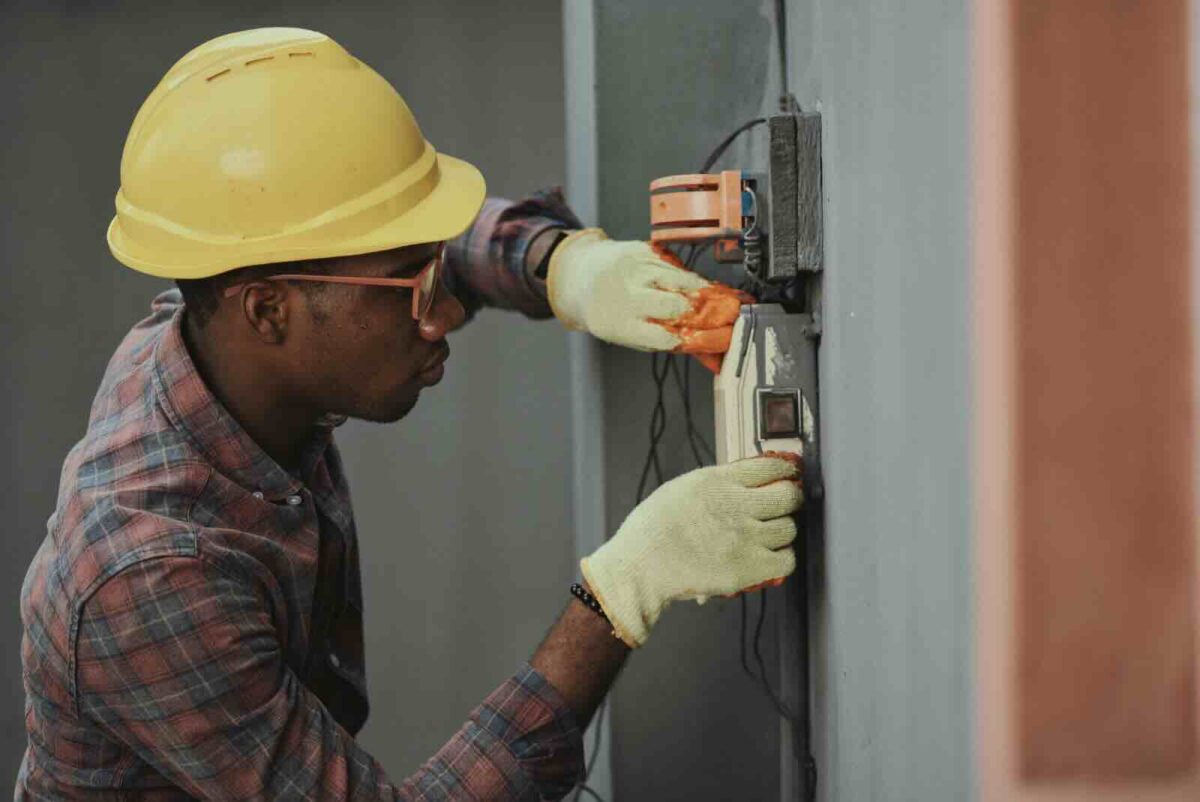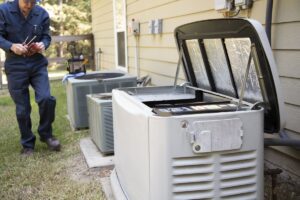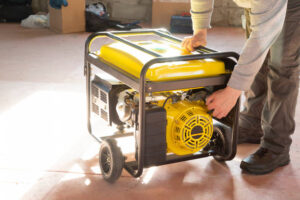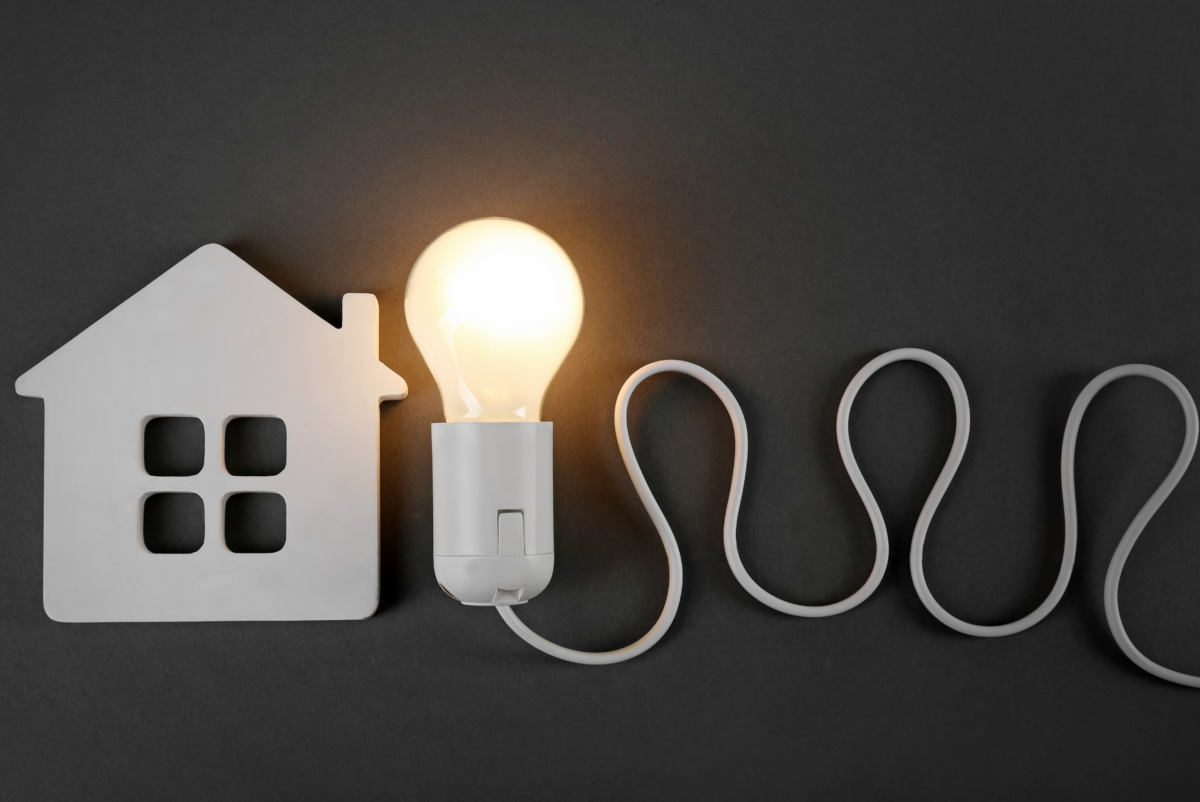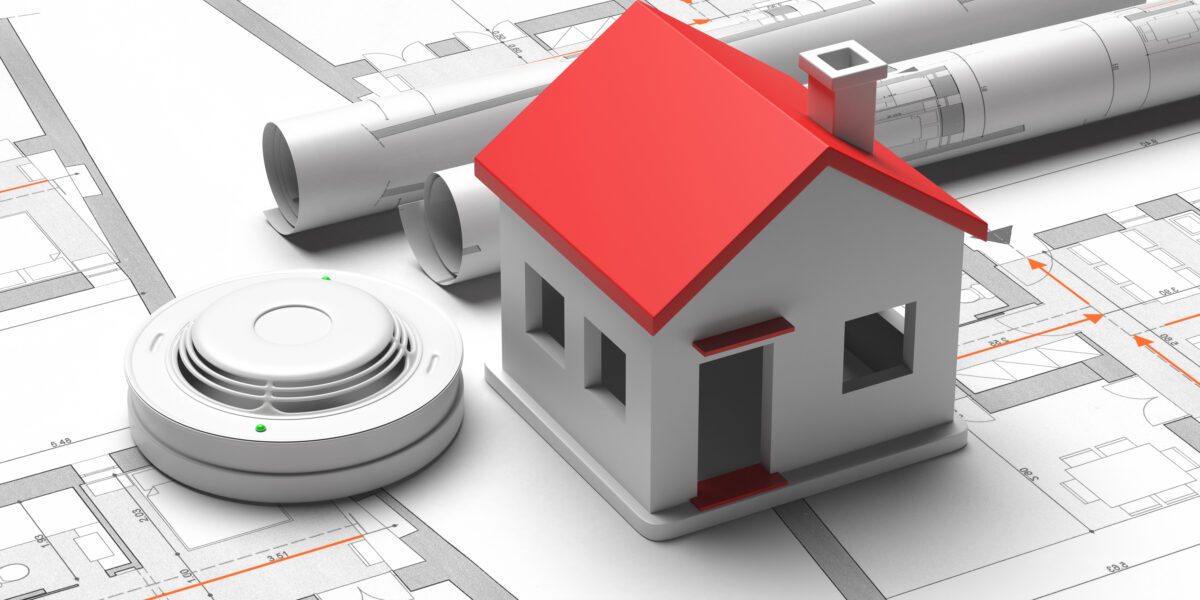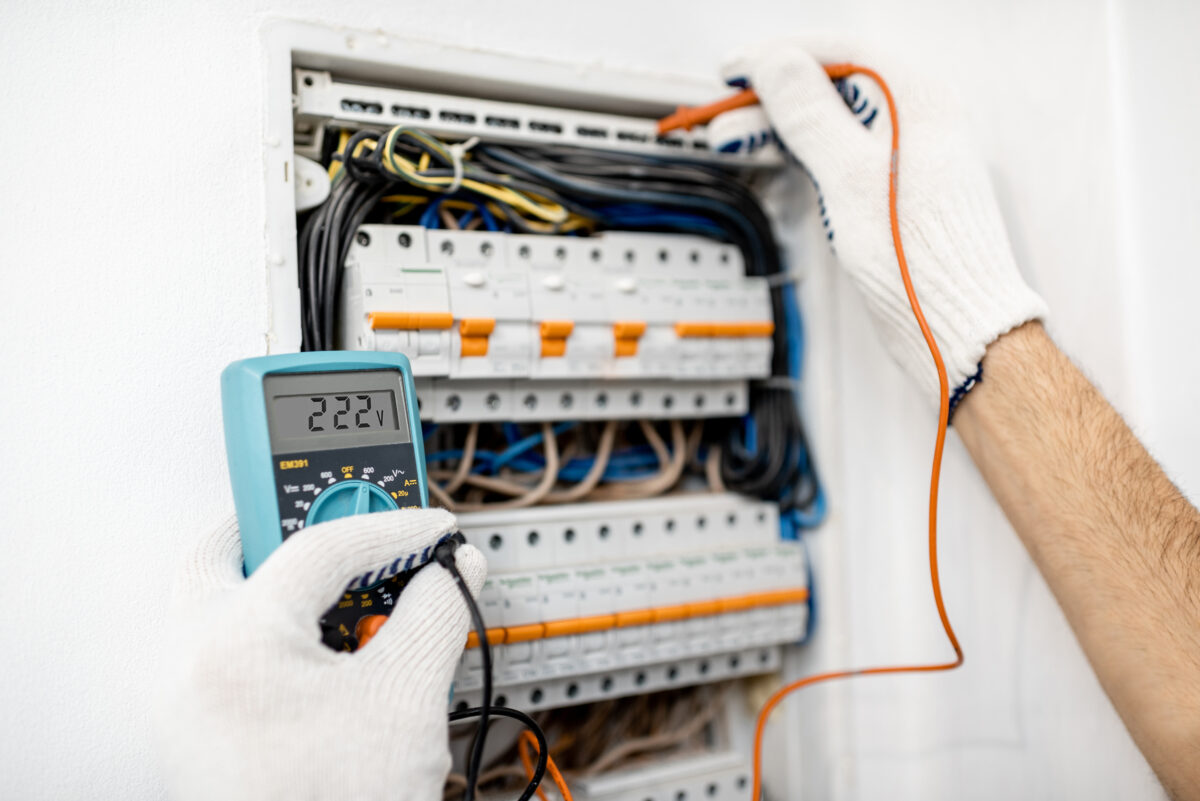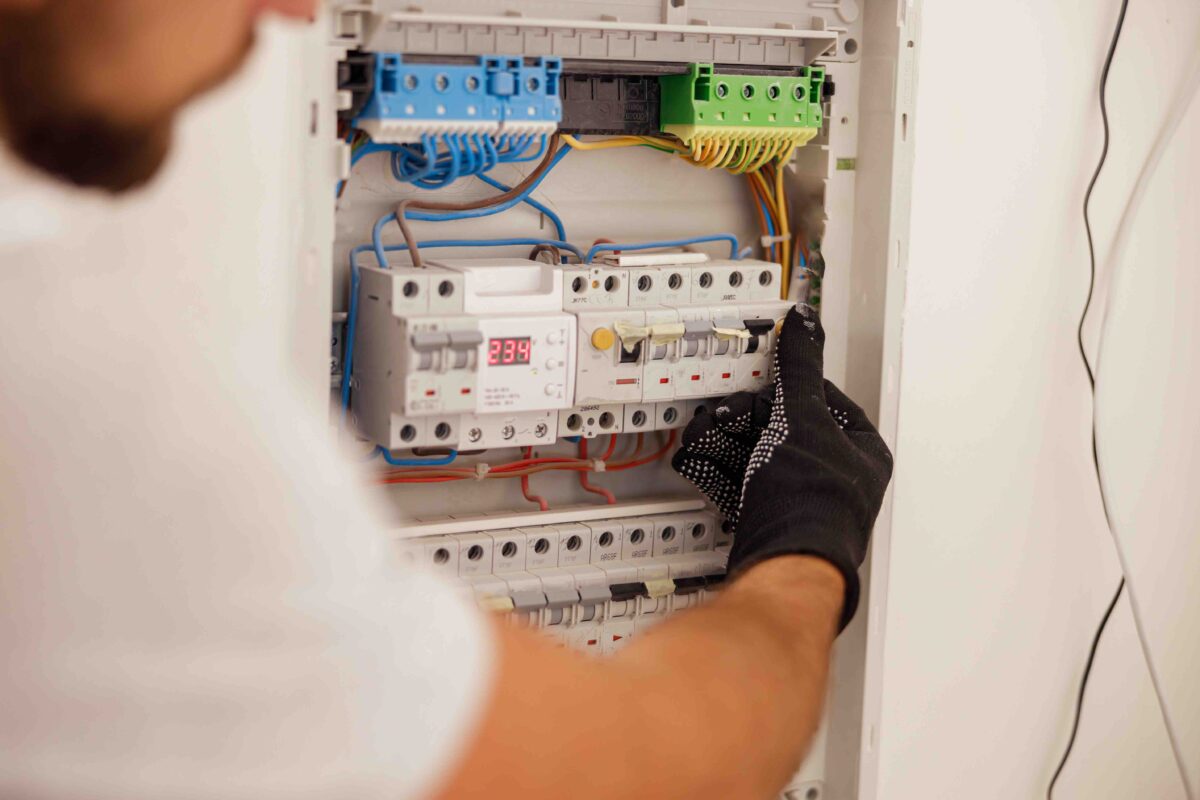Local Electrical Codes and Regulations: Ensuring Safety and Compliance in Northeastern Ohio
Ensure your home or business is up to local electrical codes and regulations with expert insights on navigating Northeastern Ohio’s safety and compliance standards. Learn the importance of permitting, inspections, and hiring professionals like Streb Electric for peace of mind and safety.
Introduction
Electrical safety is a critical aspect of any residential or commercial property. In Northeastern Ohio, including the charming city of Willoughby, adhering to local electrical codes and regulations is not just about compliance; it’s about ensuring the safety of inhabitants and the integrity of your electrical systems.
This comprehensive guide offers an in-depth look at the importance of navigating local electrical codes, the imperative of permitting and inspections, and the role of professionals in maintaining the highest safety standards.
Understanding Local Electrical Codes
The Basics of Electrical Codes
Electrical codes are a set of standards designed to ensure the safe installation and operation of electrical systems. These codes cover a wide range of considerations, from the minimum requirements for electrical fixtures to properly installing wiring and protective devices.
How Local Codes Align with the National Electrical Code (NEC)
Local electrical codes in Northeastern Ohio draw heavily from the National Electrical Code (NEC), with specific adaptations to address the unique needs of the region. Understanding how these codes intersect can help homeowners and businesses ensure their electrical systems are compliant and safe.
Navigating Northeastern Ohio’s Electrical Codes
Specifics for Willoughby and Surrounding Areas
Northeastern Ohio’s electrical codes can be intricate, with variances even within small geographical areas. In Willoughby and its neighboring communities, codes differ slightly, making it crucial to be well-informed or to consult with local experts like Streb Electric.
The Role of Permitting in Electrical Work
Why Permits Are Necessary
Permits are vital components of the electrical work process, ensuring that installations are planned and executed in accordance with local codes. They serve as a safety checkpoint and are required for most electrical work in Northeastern Ohio.
Inspections and Safety
The Inspection Process and Its Importance
Inspections are conducted after electrical work is completed to verify compliance with local codes. These inspections are paramount to safety and are required before the electrical system can be legally used.
Safety Concerns Addressed by Inspections
Inspections address a multitude of safety concerns, from the prevention of electrical fires to the avoidance of electrocution. Detailing the safety aspects that inspections aim to secure will highlight their indispensable nature.
The Consequences of Ignoring Electrical Codes
Legal Implications
Non-compliance with electrical codes can lead to legal repercussions, including fines and enforced remediation. Understanding these consequences underscores the need for adherence to the regulations.
Safety Hazards
The most significant risks of disregarding electrical codes are safety hazards, which can result in property damage, injury, or even fatalities. This sobering reality stresses the importance of code compliance.
Streb Electric’s Commitment to Code Compliance
Our Expertise in Northeastern Ohio Codes
Streb Electric prides itself on its thorough understanding and application of local electrical codes in every project undertaken in the Northeastern Ohio region, including all of Lake County.
How We Ensure Compliance in Every Project
This section details Streb Electric’s systematic approach to ensuring that every electrical project meets or exceeds the stringent requirements of local codes, from planning to completion.
The Importance of Hiring Professionals
Why Choose Licensed Electricians
Choosing licensed electricians is paramount for code compliance and overall safety. This section will discuss the benefits of hiring professionals for electrical work.
Streb Electric: Your Partner in Electrical Safety
Streb Electric is the go-to professional service for ensuring electrical code compliance in Northeastern Ohio. We offer expertise and peace of mind to our clients.
Innovations in Electrical Codes
Technological Advances and Code Evolution
Electrical codes are not static; they evolve with technology. Streb Electric stays ahead of the curve in anticipating and preparing for future changes in electrical codes and regulations.
Compliance with local electrical codes is more than a legal requirement; it’s a commitment to safety and quality. With professionals like Streb Electric, navigating the complexities of Northeastern Ohio’s electrical codes becomes a seamless process, ensuring that your electrical systems are safe, efficient, and up to standard.
FAQs
Why are local electrical codes necessary?
Local electrical codes are vital as they provide detailed guidelines to ensure the safety and efficiency of electrical installations. These codes help prevent accidents, such as electrical fires and electrocutions, by setting the standards for products and practices.
They are tailored to a community’s specific safety needs, considering local environmental factors, and ensure that all electrical work meets a recognized standard of quality that insurance companies and real estate evaluators trust.
How do local electrical codes in Northeastern Ohio differ from the NEC?
Local electrical codes in Northeastern Ohio are based on the National Electrical Code (NEC), but they can include amendments that address specific local concerns. These variations may be due to regional weather patterns, local industry practices, or particular safety issues that municipal governments have identified. Electricians and contractors need to be aware of these local differences to ensure their work is fully compliant and avoid potential rework.
What is the process for obtaining an electrical permit in Willoughby, Ohio?
Obtaining an electrical permit in Willoughby involves applying to the local building department. This application must include detailed plans of the proposed electrical work. Once the application is reviewed and approved, work can begin.
Upon completion, an inspection must be scheduled with a city inspector to ensure the work meets all the local electrical codes. If the installation passes inspection, the permit will be closed out, indicating that the job has been completed satisfactorily.
What does an electrical inspection entail, and why is it crucial?
An electrical inspection involves a certified inspector examining a property’s electrical system to ensure that it complies with the local electrical codes. The inspection will cover the wiring, fixtures, junction boxes, panels, and any other electrical system components.
It is crucial because it ensures the electrical work is safe and poses no hazard to the inhabitants or structure. Inspections can identify issues that, if unaddressed, could lead to electrical failures, potential fires, or other dangerous conditions.
What risks are associated with not following local electrical codes?
Not following local electrical codes can lead to significant risks, including personal injury, electrical fires, and property damage. Non-compliance may also result in legal consequences, such as fines or the requirement to remove and redo non-compliant work.
Furthermore, insurance companies may deny claims for incidents arising from unauthorized electrical work, and future property transactions could be negatively impacted if the property does not meet local codes.
Why is it essential to hire a licensed electrician like Streb Electric for electrical work?
Hiring a licensed electrician like Streb Electric is essential for several reasons. Licensed electricians have the training and experience to perform work that complies with the latest safety standards and local codes. They also carry the necessary insurance, which protects homeowners against accidents and injuries on their property.
Furthermore, licensed electricians are up-to-date with the latest electrical technologies and methods, ensuring the work is done efficiently and effectively. They also handle the permitting and inspection processes, providing local authorities approve the electrical work.
Conclusion
Adhering to local electrical codes, understanding the importance of permits and inspections, and working with seasoned professionals are all critical steps in ensuring the electrical safety of any property.With a clear understanding of the specific requirements in Northeastern Ohio and the support of a trusted family-owned company like Streb Electric, property owners can confidently navigate these regulations, ensuring that all electrical work is done right the first time, every time. Contact us Today!

